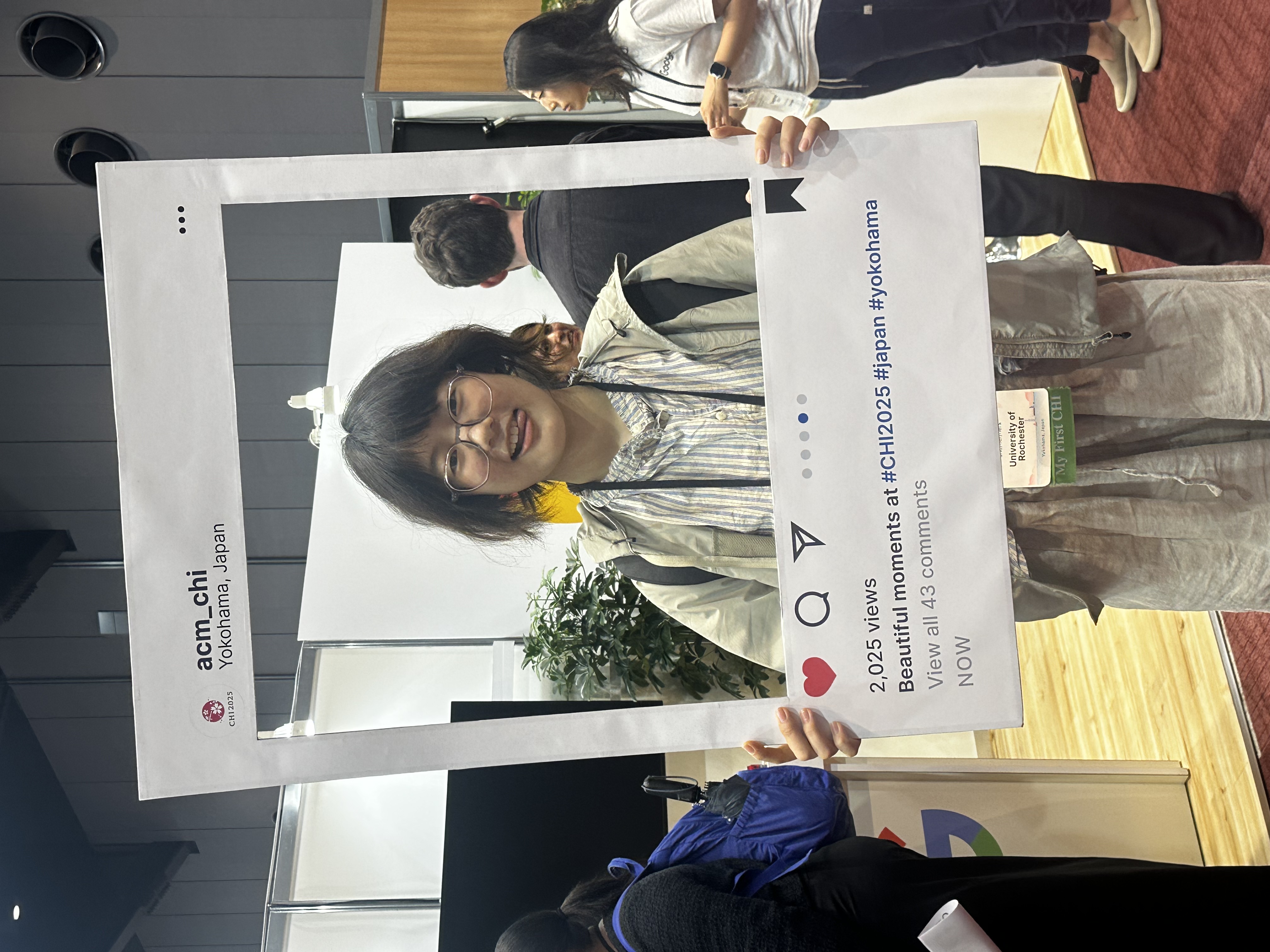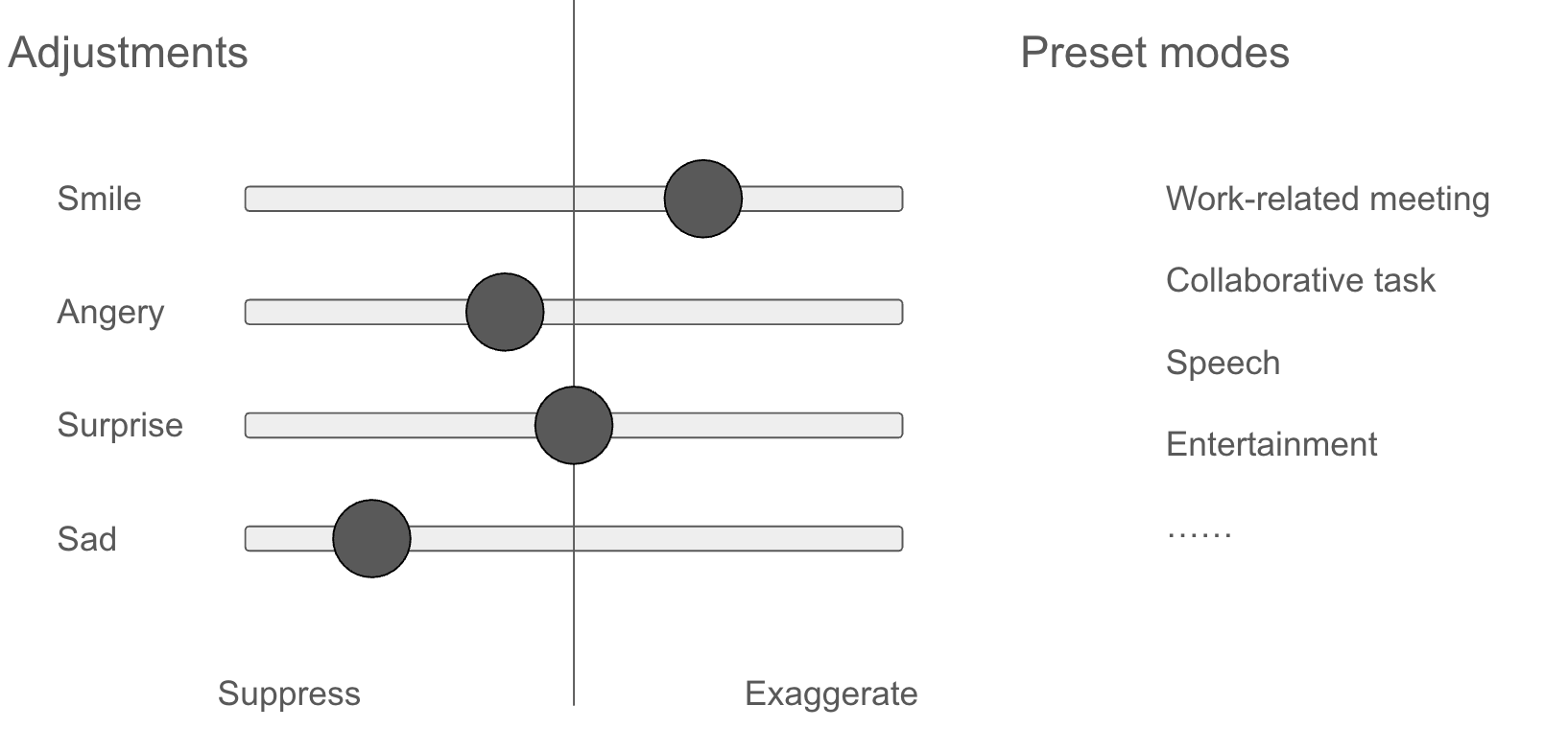Core Principles
- Integration should feel intuitive rather than invasive.
- Augmentation should affirm identity rather than erode it.
- Interaction should foster connection rather than isolation.
I aimed to build neuroadaptive and mixed-reality systems that extend human capabilities while preserving phenomenological unity. Currently preparing PhD applications.

Rooted in philosophy since middle school, I explore how perception shapes reality and how technology can extend human senses, actions, and meaning—without compromising selfhood.
Rooted in subjective idealism’s belief that perception grounds reality, my work—drawing on Mary Shelley’s Frankenstein and Merleau-Ponty’s phenomenology (1945) —advances augmentation-with-integration, enhancing human capabilities while sustaining embodied unity.
Split from my Statement of Purpose into two complementary tracks.
Origin: RA experience at BEAR Lab (leaded by Prof. Yukang Yan) projects in Unity exploring extraordinary capabilities and alternate-reality experiences.
Short teasers, with visual slots ready for images or diagrams.

Develop and validate design guidelines so avatars can intuitively communicate their augmented abilities and corresponding interactions—at a glance. Unity prototypes enabling users to enhance climbing, alter gravity and body size, and manipulate electricity — probing how capability cues can remain intuitive and comfortable.
Publicationexpended to long paper, paper in submit CHI 2026
AI-assisted bedtime storytelling and meaning-making to support emotional reframing before sleep, paving the way for BCI-integrated affective XR.
Publication

How to adjust facial expression scale in VR that could bring confidence and socially comfortableness
PublicationBelieving perception shapes reality, I pursue neurotechnology to transcend sensory limits. Non-invasive BCIs can make systems responsive to intention and affect, while AI adds empathy and meaning-awareness to interactions.
Happy to chat about PhD fit, collaborations, or shared interests.